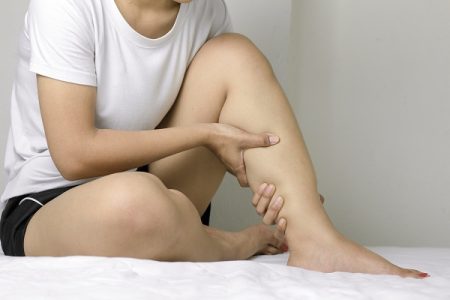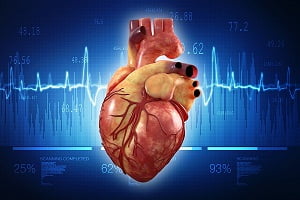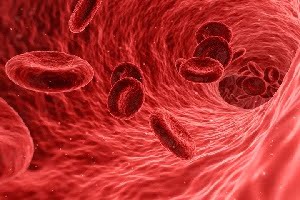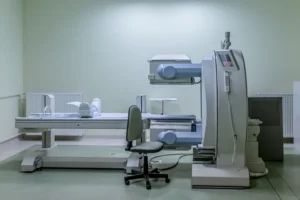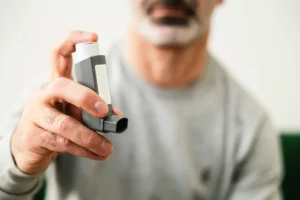Life Threatening Infections of Bones due to Peripheral Vascular Disease
- Updated on: Nov 16, 2023
- 3 min Read
- Published on Mar 2, 2020
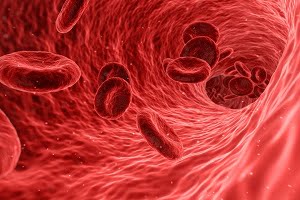
Peripheral Vascular Disease (PVD)
It is a blood circulation disorder which causes the blood vessels outside the heart and brain to narrow or block. This can occur in arteries or veins. This disease is also known as Peripheral Arterial Disease (PAD).
Peripheral vascular disease (PVD) causes pain and fatigue in legs and especially during exercise. Chronic peripheral vascular disease may result in heart attack, stroke, and bone infections which include osteomyelitis.
Osteomyelitis (Bone infection)
Peripheral vascular disease reduces body’s healing response and contributes to chronically open wounds and soft tissue infections. These conditions increase the risk of osteomyelitis or life-threatening bone infections.
Osteomyelitis is a bone infection, which can occur in infants, children and adults. Different types of bacteria are involved for infections in different age groups. Osteomyelitis occurs at the endings of the long bones of arms and legs, affecting the hips, wrist and shoulders. Read about infection in hip bone.
What Could be the Causes of Osteomyelitis?
Common bacteria that cause osteomyelitis infection are Staphylococcus, Enterobacteriaceae and Pseudomonas.
There are different ways by which infection can occur in bones due to peripheral arterial or vascular disease.
- Bacteria travel through the bloodstream and then spread to the bone, leading to infection (hematogenous osteomyelitis). This type of infection mostly occurs when the patient has an infectious disease elsewhere in the body, like pneumonia, urinary tract infection that spreads through the blood to the bone.
- Due to peripheral vascular disease and peripheral neuropathy, open wounds over a bone can allow bacteria to come in contact with the bone and cause infection.
- Patients who are taking medications responsible for weakening of their immune systems are prone to osteomyelitis. Risk factors include cancer, sickle cell disease, HIV, diabetes, intravenous drug users, being an infant or elderly.
How do you Know you Have Developed Bone Infections?
Symptoms and signs of bone infection often appear gradually in adults and include fever, chills, irritability or redness over the infected bone.
In people with diabetes and peripheral vascular disease, there may be no fever and pain. But the only sign in them may be an area of skin which is not healing.
Back pain is the only symptom for osteomyelitis of spine (vertebral osteomyelitis) or the spinal discs (discitis).
Acute osteomyelitis happens with pain, fever and stiffness. It most often occurs with a break in the skin injury, trauma, orthopedic procedures, and joint infection from wounds such as a foot wound or ulceration.
Chronic osteomyelitis is slow in onset. Its signs and symptoms include fever, pain, redness or discharge at the sight of infection.
Diagnosis of Bone Infections Due to PAD or PVD
Osteomyelitis diagnosis begins with a complete medical history and physical examination.
In a physical examination, the doctor will look for redness, swelling, open wounds and painful range of motions.
Several tests are done to diagnose the infection:
- Complete blood cell count, erythrocyte sedimentation rate and C-reactive protein tests are performed to check the infection in the body.
- X-rays, magnetic resonance imaging (MRI), Computed topography (CT) scans and ultrasounds are also done to detect the changes in the bone due to osteomyelitis.
What is The Treatment for Osteomyelitis?
Treatment for osteomyelitis patients include:
- Antibiotics and pain medications effectively treat osteomyelitis in most of the cases.
- Once an area of the bone with osteomyelitis is detected, biopsy of the bone may be obtained to identify which bacteria is involved in causing this disease and culture of that bacteria can indicate the best choice of antibiotic treatment.
- In some cases, osteomyelitis surgery is necessary. If there is an area of bacterial colonization or joint infection, a doctor may need to open, clean and drain it.
- If there is an area of damaged soft tissue, it needs to be removed (debridement).
FAQs
Can a Person die From Osteomyelitis?
Osteomyelitis can lead to osteonecrosis (bone death). An infection in the bone can block the blood circulation within the bone, causing bone death. Bone areas which have died need to be surgically removed for antibiotics to work effectively.
What is the Most Common Cause of Osteomyelitis?
Staphylococcus, which is the most common organism found in osteomyelitis patients, is seeded from areas of infection. But anaerobic and Gram-negative bacteria, including Pseudomonas aeruginosa, Serratia marcescens and E.coli may also be the cause of osteomyelitis.
Is Peripheral Vascular Disease Curable?
Peripheral vascular disease is not purely curable but lifestyle changes and some medicines can help reduce the symptoms of this disease. These treatments can also help reduce the risk of development of other diseases like cardiovascular diseases (CVD), coronary heart disease etc.
How do Doctors Fix Peripheral Vascular Disease?
Doctors may prescribe medications such as anticlotting agents, cholesterol-lowering drugs such as statins and medications that increase blood supply to the extremities like pentoxifyllline (Trental), cliostazol (Pletal) and medications that control high blood pressure.





